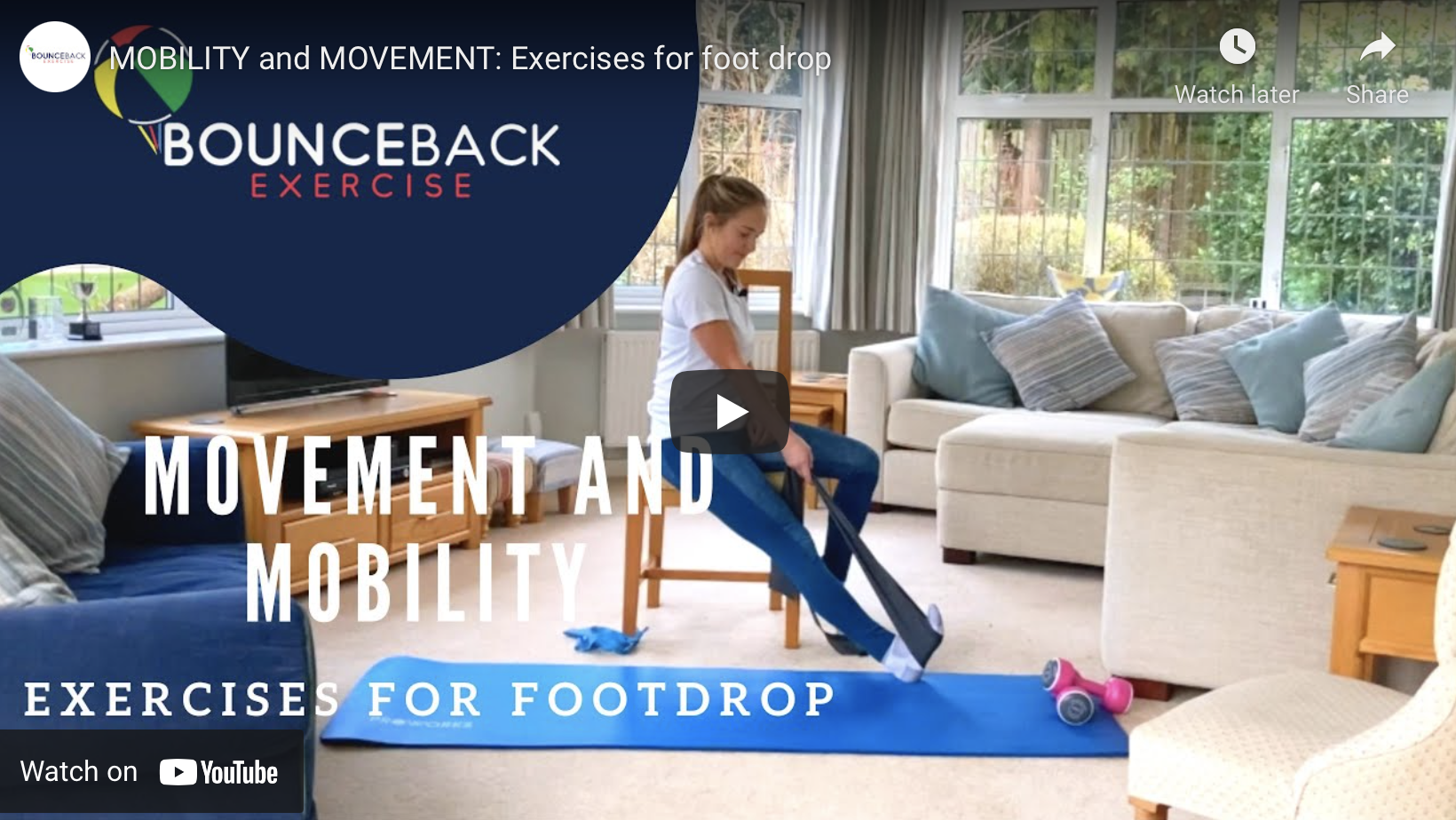Multiple Sclerosis Exercise – Which exercise is best?
21st April 2021
Regular exercise can give people with MS better control over their body and decrease side effects including muscle weakness, balance problems and overall fatigue.
When it comes to which exercise is best, it is important to remember that there is no right or wrong. When choosing which exercise to participate in, it is important to consider certain factors:
- Your physical and clinical needs including MS symptoms, side effects, weaknesses and comorbidities.
- Personal goals and what you would like to achieve.
- Your personal preferences.
This blog goes over some specific exercise recommendations for people with MS.
Exercise to improve Neuroplasticity
Neuroplasticity is the ability of the brain to create new neural pathways especially in response to learning or experience or following injury. Exercise has been found to help improve neuroplasticity in people with MS. This means new neurons (nerve cells) can be developed to help retrain your brain into new ways of performing certain activities.
Exercise tips to improve neuroplasticity:
- Repeat challenging movements over and over again to encourage the brain to find a new neural pathway.
- Perform exercises with low weights, high repetition and perfect quality.
- Include multiple rest breaks in-between exercises.
- Avoid performing exercises with bad technique and stop movements that are not normal. E.g. if your knee is coming out to the side when you walk, stop this movement to avoid training the brain for this movement to continue.
- Train your strong and weak side separately. Stop the weak side once the form gets worse. Then rest before starting again.
- Try not to loose motivation. Even if you can’t feel or see the movement, it is so important not to give up. Continue to practice the basic exercises over and over again. Performing this movement to help the neuroplasticity and repair processes kick in.
Example: if you suffer with foot drop, practice that movement of lifting your toes over and over again. Not just once a day, 10 times a day or more. The more times you practice, the more attempts the brain will have to find that new pathway.
Exercise to improve functional capabilities and manage day to day life
- Participate in movements that replicate movements that you perform in everyday life. This includes the seven functional movements:- squat, push, pull, lunge, hinge, rotate and gait.

- Break down tasks that are hard to do into smaller movements e.g. turn a sit to stand into a knee bend, leg lift and lean forward.
- Write a list of functional movements you struggle with most of all. This could be getting in the car, getting out of bed, climbing the stairs, typing at a computer. Talk to your personal trainer, physio or exercise specialist to make sure the exercises you are doing, line up with these movements. It is important to remember that not all exercises are relevant.
- Do something. Don’t underestimate the power of simple movements. A workout does not need to be strenuous. Even just standing up can improve functional strength as many muscles are working to stabilise the body.
Exercise to manage fatigue fatigue
Many different forms of exercise including cardiovascular exercise, strength training and mobility exercise has been found to reduce levels of fatigue.
In order to notice improvements, perform exercises of a moderate intensity. This means they require a moderate amount of effort and results in a noticeable rise in the heart rate.
Don’t push beyond the point of poor quality movement. Stop and rest.
Exercise snack – small amounts of regular exercise has been found to be just as beneficial as doing all your exercise in one go. This can also be more manageable for anyone suffering fatigue. Every hour try to get up and do something. Lack of activity can also increase levels of fatigue so often you may find it better to split your exercise into small chunks of simple exercises throughout the day rather than focus on long duration training.
Fatigue during exercise
Fatigue during exercise is often caused by your core temperature rising. Heat intolerance can cause symptoms to worsen. This is one reason fatigue kicks in during exercise.
Tips:
- Sip ice cold water from before exercising.
- Use cooling products e.g. a cool pack to place on your neck before exercising to help core temperature remain neutral.
Exercise to maintain range of motion and ease symptoms relating to spastcity (muscle tightness, stiffness or lack of muscle control).
Take part in stretching and mobilising exercises to put your body through its full range of motion.
This includes:- Yoga, Pilates, tai chi, stretching and mobility.
Exercise to improve balance
- Practicing balance exercises e.g. standing in one leg, walking in a straight line etc.
- Perform unilateral strength exercises (using one side of your body at a time) to improve balance and encourage core muscles to engage to help stabilise the body.
- Practice exercises that work the core muscles including the rectus abdominis, transerves abdominis, obliques, erector spinae, pelvic floor, diaphragm and the latissimus dorsi.
For more information on exercise for people with Multiple Sclerosis get in touch with beth@bouncebackexercise.com.

